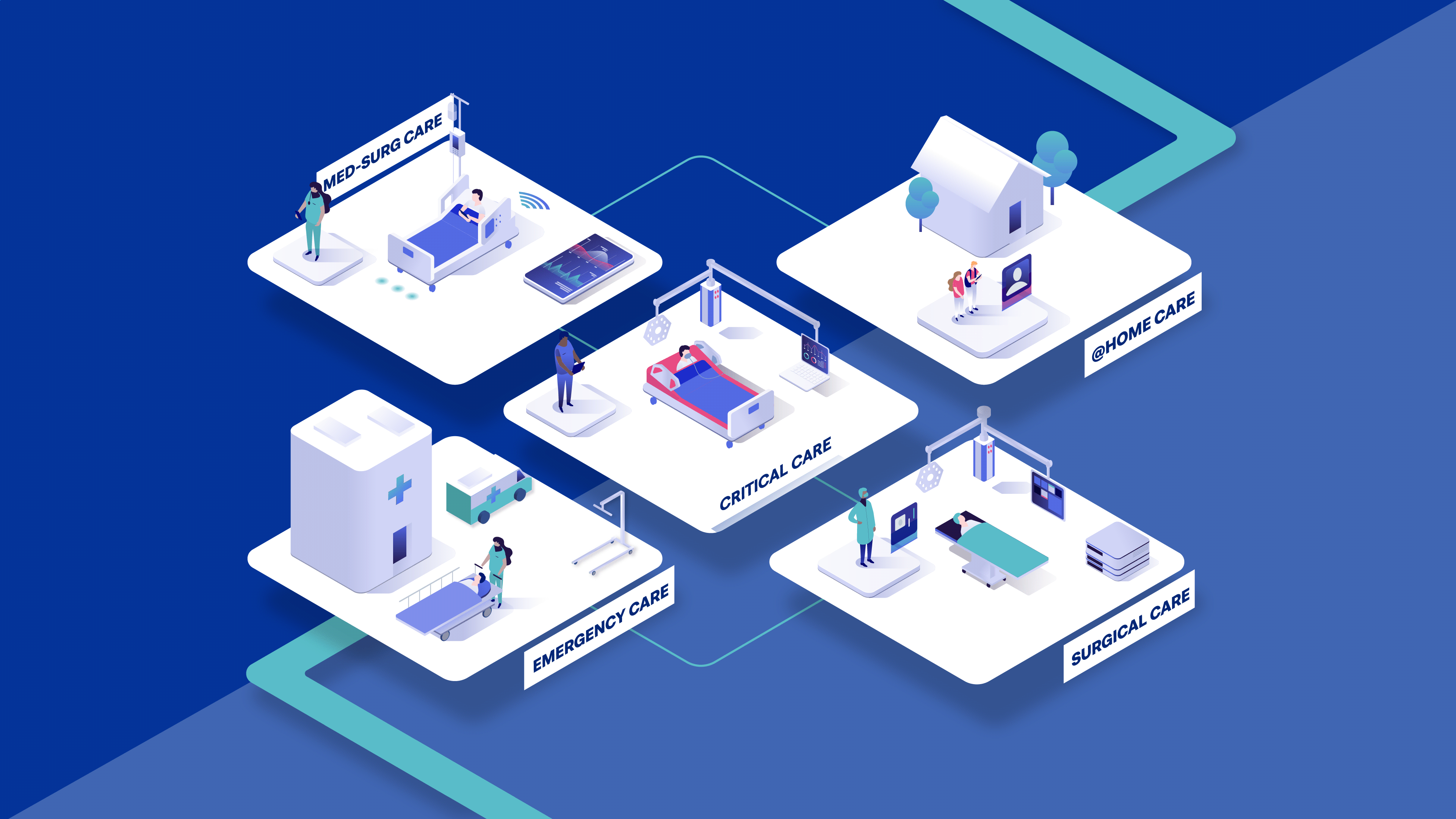Decoding health marketing: strategies that thrive and missteps to avoid
17.6%. That is the staggering share of the US GDP spent on health expenditures in 2023 (according to the CMS). That’s a lot of money. With such a massive investment, the health industry becomes a battlefield of marketing messages, all vying for attention. Standing out is no easy task. Over the years, we’ve been fortunate to partner with brands across the health spectrum to tell their stories. Along the way, we’ve learned a few things about this complex field: the tightrope walk between regulatory constraints and creative expression, the temptation to communicate everything, all at once, and the risk of blending into a sea of sameness. So, how do health industry marketers break through? Dive in as we explore what works—and what doesn’t—in the world of health marketing.
What wins: strategies that elevate
Speak through visuals that connect
Strong visuals can transform a campaign. In an industry where words are tightly bound by regulatory guidelines, compelling visuals speak volumes. Think beyond static images—emotive videos, data-rich infographics and dynamic animations can turn complex ideas into unforgettable stories. For instance, we've leveraged storytelling to help healthcare leaders such as CVS Health, launch transformative products, creating campaigns that both inform and resonate with diverse audiences.


Show benefits, don’t tell
What sticks more: seeing an image of a caregiver using your product or reading about how a caregiver could use your product? Visual storytelling has the power to cut through the noise, especially when marketers fall into the trap of listing features and functionalities. Here’s the key to getting it right: root your story in evidence. Rather than relying on lofty claims or visuals alone, bolster your narrative with clinical proof points and testimonials. Seeing a solution in action carries weight in an industry where companies often provide similar benefits. Let your audience experience the impact–whether a power story, a meaningful demo or authentic testimonials that bring your brand to life.

Expand your channel horizon
“Tried and true” channels like LinkedIn and industry publications are great channels to reach your B2B health audience. But sometimes exploring not-so-familiar channels can be a novel way to reach audiences. B2B buyers are people too, and things such as online streaming, digital out-of-home (OOH) or paid audio can be channels to explore in giving your campaign unexpected reach. Going where your audience doesn’t expect you can help you stand out in a crowded marketplace.
Be impactful by being specific
Healthcare audiences demand specificity. As patients and health consumers grow more comfortable with technologies like AI tools and wearables (they were all over CES 2025), they increasingly expect personalized services and marketing. To meet these rising expectations, marketers can look to approaches such as Account-Based Marketing (ABM) on the B2B side and personalization on the B2C side. We often find that clients have some access to customer and persona data, it just takes thorough analysis to find insights that make it useful within your ABM or personalization campaigns.
Connect the dots
We’ve learned from our work in the healthtech space that marketing a single product is good, but tying it to a larger product portfolio or vision can be even more powerful. We find success in helping our clients tell a “better together” story—showcasing how multiple offerings packaged together can help address broader audience challenges. This strategy not only builds trust but also demonstrates how our clients’ ecosystem of solutions delivers value.
What falters: missteps to avoid
Skipping discovery to save time
In healthcare marketing, skipping the discovery phase can be a costly mistake. At (add)ventures, we’ve seen firsthand how essential discovery is for navigating the complexities of healthcare marketing. Comprehensive research, including journey mapping and audience analysis, is often key for focusing marketing efforts. To showcase this, take a look at how comprehensive discovery helped us reshape how Baxter positioned itself as a health tech business.

Sticking to what’s always worked before
“If it's not broken, don't fix it.” While this mantra may work for some, in a hyper-competitive healthcare market, sticking to the same playbook can lead to stagnation. Over time, it hinders a brand’s ability to stand out. Embracing the element of “new,” within reasonable limits, can open the door to unexpected opportunities. Brands that embrace innovation often discover creative ways to differentiate themselves in the market.
Ignoring unexpected influencers
While healthcare decisions often require many stakeholders, we’ve often found that there is usually a “hidden” influencer in purchasing decisions. According to 2024’s HIMSS HIT Buyers Study, 27% of healthcare IT organizations report that ten or more people are involved in the decision making. But often, hidden in these group purchase decisions, are one or two influencers who have outsized sway. It might be the Chief Medical Officer evaluating a care management platform, or an IT leader advocating for a software solution. Even less obvious players–administrators, nurses and even advocacy groups–can drive purchasing decisions. Take the time to dig into who might have outsized influence and craft strategies to engage them.
Focusing only on the finish line
Healthcare sales cycles are often long and intricate. In the healthcare IT space, for instance, 69% of organizations report that the typical technology investment lifecycle takes 13+ months. Overemphasizing the bottom of the funnel—like direct conversions—without nurturing early-stage awareness can leave brands without a comprehensive pipeline. So, start building awareness early and nurture leads before they’re ready to buy.
Thinking it’s marketing’s job alone
We’ve seen campaigns fall short when marketing works in isolation. Too often, content is created without input from other key teams. Siloed efforts rarely succeed in the long run. Marketing requires collaboration—product, service, sales marketing and executive teams should all have skin in the game when it comes to delivering great products and services. When each department operates alone, the output can feel stale or disconnected. Unity in campaign planning can help with audience impact and credibility.

Partnering to simplify the complex
At (add)ventures, we know the healthcare ecosystem is vast and ever-changing. Your marketing strategies should aim to keep pace with that complexity. By tailoring strategies to each client’s unique needs, we help health companies tell stories that resonate, strategize with precision and execute with impact. In short: whether it’s discovery, planning or creative deliverables, we simplify the complex so brands can focus on making the world a healthier place.
